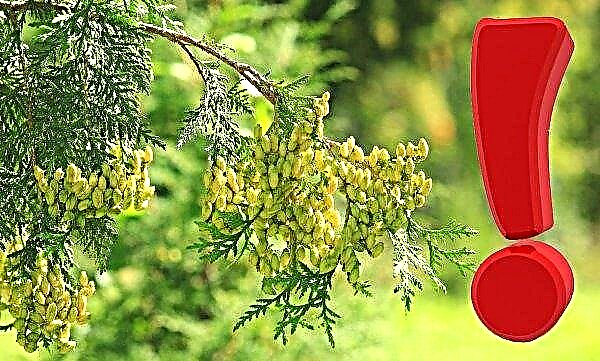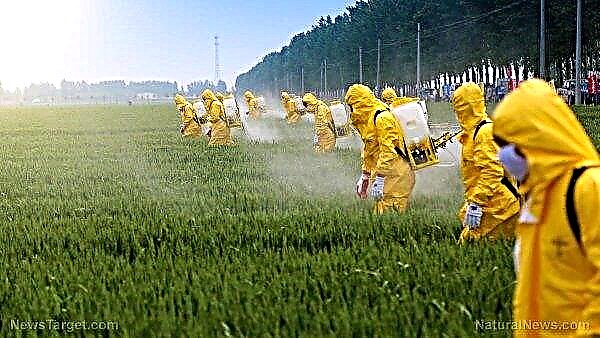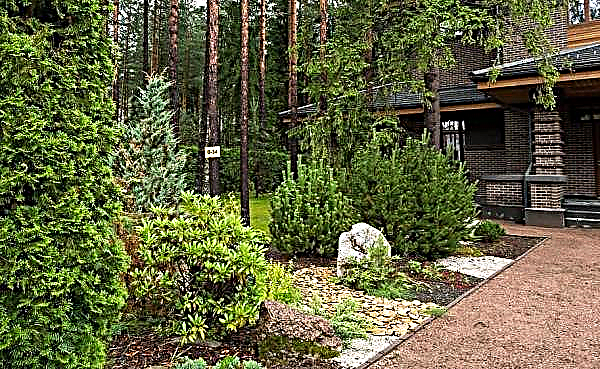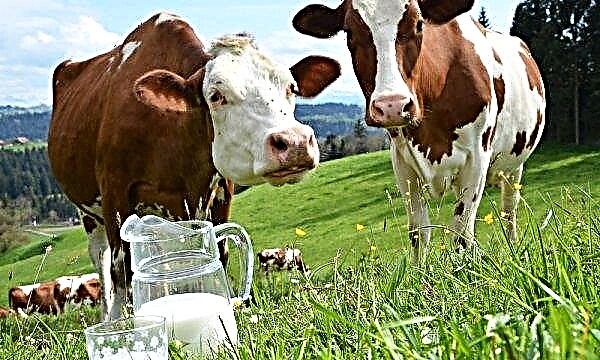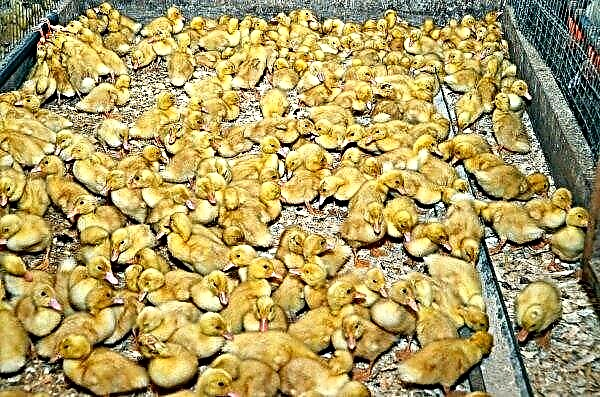It is impossible to grow vegetable plants, seedlings and greens in a greenhouse or greenhouse, if you do not properly prepare and process the soil. The composition and preparation of the soil depend on many factors - from the season, the crop grown, the type of greenhouse and the presence of the foundation, climatic conditions. You will learn how to make the soil mixture for polycarbonate greenhouse constructions by reading this article.
Soil features for greenhouses
If, when growing garden plants in open ground, in order to obtain stable crops, the soil must be fertilized regularly and crop rotation must be observed, then it must be replaced periodically in the greenhouse. The fact is that a small amount of land is very quickly depleted by plants, and if you do not change it, you will not wait for a good yield in the next planting season.
In order not to change the land too often, you need to take care of its optimal composition initially. That is, for the greenhouse, it will be necessary to use a slightly different soil than that which is located on open beds. Special greenhouse mixes can be purchased ready-made or mixed with your own hands. With proper preparation, the top 5–6 cm layer is replaced annually. If the greenhouse is of the rack type, then the soil is completely replaced once every 2 years.
Did you know? The first attempts to grow plants in greenhouses were made by the ancient Romans. And modern greenhouse constructions descended from botanical and winter gardens established in medieval Italy and Germany. They cultivated exotic cultures.
Types of greenhouse soils
Conventionally, the soil for greenhouses is divided into 3 main types:
- Peat. This species can be prepared in the swamps. It is well enriched with humus. Pure peat is not used. It is mixed with manure and lime. It is included as an additional, but not the main component. Allows you to maintain the required temperature and retain moisture. On light soils add about 20-25 kg / m², on heavy soils - 15 kg / m².
- Compost. This is what has accumulated in the compost pit: food debris, waste of economic activity in the decayed form. Compost is characterized by a high content of organic substances.
- Sheet or wood. Harvested in forests and meadows. Included in the composition of the soil mixture in the amount of 30%.
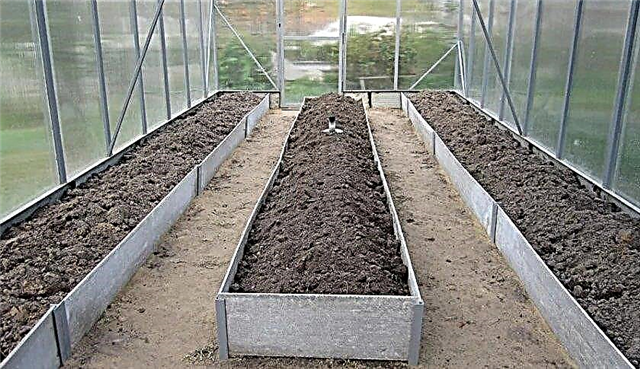
The mechanical composition distinguishes the following types:
- Easy.
- Middle.
- Heavy.
The choice of soil is carried out according to the preferences of the crop that is grown in the greenhouse. For example, compost soil with humus, peat and turf soil is selected for cucumbers. For tomatoes - turf.
Did you know? In the Renaissance, greenhouses were called "houses of oranges" from the name of citrus fruits, which were often grown in those days. Glass structures were available only to very rich people because of the high cost of flat glass.
Optimal soil composition for the greenhouse
There are several requirements for greenhouse land.
She must be:
- saturated with nutrients;
- loose consistency;
- with good moisture and airborne qualities;
- with a large amount of humus in the composition;
- with the pH level required for the crop. Most of the plants prefer neutral acidity.
The solid, gaseous and liquid constituents must be contained in equal amounts.
In a good greenhouse soil, components must be present that serve as fertilizer (contain a large number of nutrients) and baking powder.
The optimal composition of the earth should consist of the following components:
- lowland peat;
- humus;
- soddy soil;
- meadow soil;
- sand;
- sheet soil (rotted compost).
In heavy soils, turf dominates (3 parts). They also include humus (1 part) and sand (1 part). Middle soils are filled with turf (2 parts), humus (2 parts), peat (1 part), sand (1 part). Lungs are composed of peat (3 parts), deciduous land (1 part), humus (1 part), heather (1 part).
Do-it-yourself soil for greenhouses
Soil mixtures sold in accordance with the preferences of a particular plant are sold in finished form. However, it should be understood: the acquisition of such a soil mixture is not always advisable. Growing vegetables can be very expensive, which is why many greenhouse owners resort to making soil with their own hands in order to save money. It should be noted that with proper preparation, such mixtures are in no way inferior to purchased ones in quality. It is important to select the appropriate composition, etch and adjust the level of acidity. Each owner of the greenhouse can choose for himself the composition that is most accessible to him and which he can easily prepare.

Soil disinfection
Land disinfection should be done every time after harvesting. Etching allows you to get rid of accumulated harmful substances, pathogens and harmful insects.
Disinfection is carried out in several ways:
- By heat treatment.
- By freezing.
- With the use of chemicals.
- The introduction of biological products.
- Full or partial change of soil.
Heat treatment
Heat treatment involves watering the soil with boiling water or steaming over steam. The soil must be kept over boiling water in the boiler for at least 25 minutes. However, it is worthwhile to understand that along with harmful microorganisms, beneficial bacteria also die during steaming. There are special steam engines that are also used for disinfecting the soil. After pouring boiling water, the earth must be covered with a film so that it is steamed.
Another simple method of heat treatment is to warm the soil collected in bags under the scorching sun for 1-2 weeks. In addition to exposure to high temperatures, disinfection is also carried out using low temperatures. You need to freeze the earth 2 times. The soil is poured into bags and carried out in the cold. Then they bring him into a warm room. Then it is frozen at a temperature of –15 ° С. And again returned to warm temperature.
Chemical treatment
There are many chemicals that are used to pickle greenhouse land.
Among them:Important! Chemical treatment must be carried out strictly observing personal safety measures. — in a special suit and gas mask.
- Formalin (40%). It is used in the spring, a month before planting. During processing, the temperature in the greenhouse should be kept at + 10 ... + 12 ° С. At higher temperatures, formalin will volatilize. After the treatment is completed, the temperature in the greenhouse should be raised to + 25 ° C. This will allow formaldehyde vapor to evaporate. After 24 hours, you need to ventilate.
- Copper sulfate (2-3%). Processing with this substance is done in the fall. It is used both for soil and for disinfection of the entire greenhouse. He fights well with late blight, powdery mildew, spider mites, rot, scab. It is made 1 time in 5 years.
- Fungicides. Any systemic fungicides, for example, Aktara, Fundazol, are suitable. It is better to use those that can be used in the form of steam or gas. Such treatments are made in the fall. In spring, you can use only "Chloropicrin." The temperature should be no higher than + 17 ° C.
- Bleaching powder. The recommended dose of the powder is 200-300 mg / m². Processing is done in the fall, after harvesting.
- Sulfur. It is used in the form of a checker, which is set on fire and fumigated with smoke. Fumigation is done in the fall. After burning, the greenhouse is aired. Sulfur checkers are not used in greenhouses that have a metal housing, since smoke leads to corrosion.

Biological method
The biological method involves crop rotation, that is, a change in closely related crops 1 time in 1-2 years. Thanks to this, it is possible to prevent the spread of pathogens and harmful insects.
This method also includes treatment with biofungicides “Baikal”, “Bactofit”, “Trichodermin”, “Haupsin”, “Fitosporin” and similar in action. These products increase the nutrient content in the soil and at the same time reduce the content of pathogenic flora. This is one of the best disinfection methods, since it allows you to kill all the bad flora and keep the good, bind heavy metals, save the level of nitrogen. After such treatments, you do not need to wait time, plants or seedlings can be planted almost immediately.
However, the main and most common method of cleaning is the complete or partial replacement of the soil layer.
Acidity adjustment
As we have already mentioned, most plants prefer to grow on soil with a neutral acidity level of 6–7 pH, some require low rates, others like slightly acidic soils, so when preparing greenhouse soil, it is worthwhile to control the pH level. They do this with the help of litmus paper, special analyzers.
If the acidity is high, then it can be reduced by adding lime, dolomite flour, wood ash. These substances are scattered on the soil and well dug.
Oxidize the soil with manure, compost and peat.
How to make soil heating
You can plant plants in the greenhouse in early spring. However, the soil is not always warm well for these purposes. She needs a lot of time to warm up. If you plan an early landing, then you can not wait for the soil to warm up naturally from sunlight, but to heat it yourself.
There are several ways to heat greenhouse land:
- Artificial. It implies the installation of special heaters connected to generators. Such equipment is easy to install with your own hands. It is effective in warming the soil, but at the same time it significantly reduces air humidity. In addition, his work requires a large amount of electricity.
- "Air bag". It is done by laying the soil in layers with layers of solid materials - bricks, stones, foam blocks. Such a layer prevents the penetration of cold from the lower frozen soil layers. In the manufacture of "air cushion" remove the top layer, then lay a solid layer, which is covered with fertile soil.
- Styrofoam. When warming in this way, the soil mixture is also laid out in layers. In a section it looks as follows (from bottom to top): soil - polystyrene - heating cable - sand - fertile earth. This method allows you to maintain a stable temperature in both the soil and fertile layers and retain moisture in the upper layer. Its advantages are that by installing polystyrene foam, you can forget about the problem of warming the soil for a long time.

Possible problems when using natural soil
If there is no opportunity to purchase greenhouse soil or to prepare it yourself, then you can use the soil from the garden. It must be taken to a designated place in advance, where to disinfect, adjust the level of acidity and saturate with fertilizers.
But when using such a soil, some problems may occur:
- The soil may contain herbicides. This will lead to the fact that the greenhouse crop will not be environmentally friendly.
- Accumulation and achievement of dangerous concentrations of constituent mineral substances. It will also negatively affect crop quality and safety. For example, with annual feeding with potassium chloride or potassium salt, a large amount of chlorine will accumulate in the soil. Sulfate top dressing leads to the accumulation of sulfur.
- Use of "tired soil." Such land is very quickly depleted in the greenhouse, which will lead to low yields or their absence.
Important! For use in a greenhouse, you must take natural soil from that part of the garden where no herbicides were used.
So, in order to get stable and good yields of greenhouse vegetables, berries and seedlings, the soil in the greenhouse must be periodically replaced and prepared in a special way in autumn and spring. It can be purchased ready-made, made from various components with your own hands or use natural soil extracted from garden beds.





